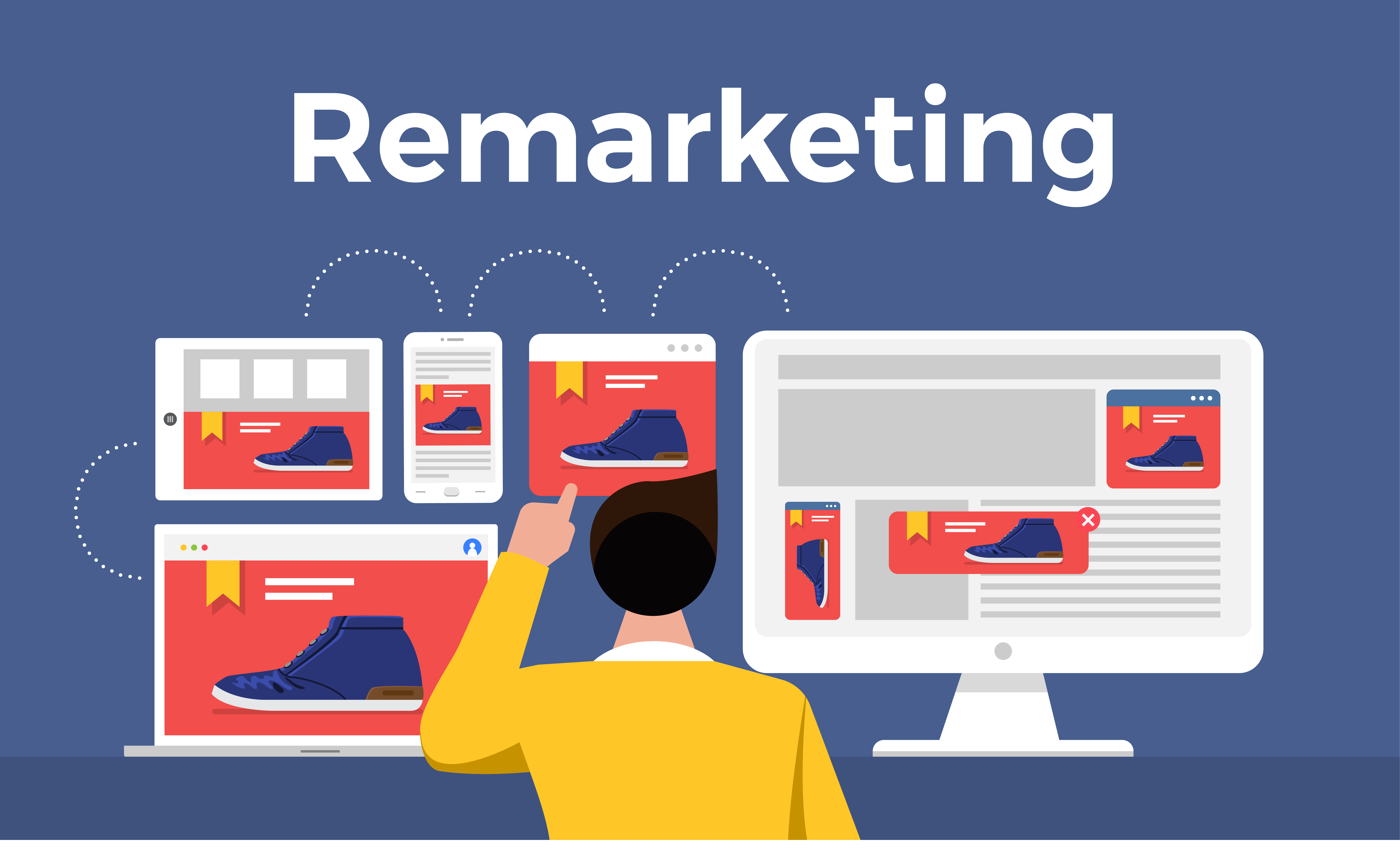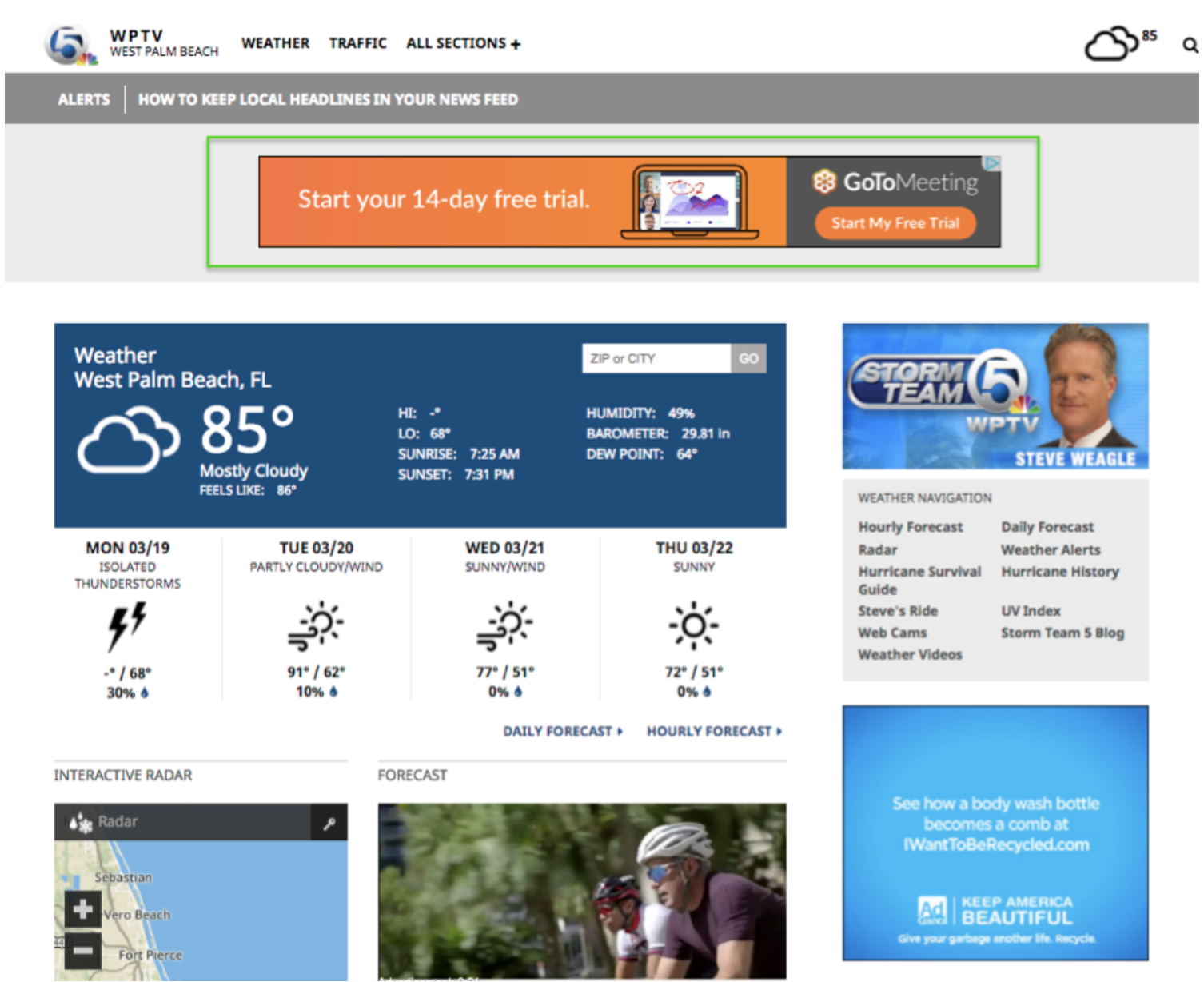Retargeting Campaigns: The Basics

Hey everyone, it’s Beckton again. In this post, I will discuss an advertising strategy that allows you to market to people who leave your website without purchasing something or signing up. This is called retargeting (or remarketing), and it is the practice of showing your ads to people who visited your site, but did not “convert” to a lead or sale.
Retargeting is a particularly effective strategy on a shopping site where a user may have put something in their shopping cart but never purchased it. With retargeting, you remind that user of their cart and try to get them to come back and complete the purchase.
The huge benefit of retargeting as opposed to targeting all new customers is that the cost per click of a retargeting ad is much less expensive. Additionally, the conversion rate is also much higher, giving it a double advantage over non-targeted ads. Essentially, you will pay less and get more purchases/actions on your ads, so implementing retargeting is a no-brainer for most businesses.
 In this retargeting ad, bordered in green at the top, I was retargeted by GoToMeeting after leaving their site without signing up for the service.
In this retargeting ad, bordered in green at the top, I was retargeted by GoToMeeting after leaving their site without signing up for the service.
The Tech
Here are the basics for how retargeting works. You place a small piece of computer code on your website called a pixel, that you get from Google and other media providers. This pixel works invisibly whenever someone comes to your site. It drops a small browser cookie (code) onto the user’s computer or cell phone so the media companies can identify them later and show them your ads. These ads will hopefully make a conversion happen that previously did not.
Why It Works So Well
On average, website conversion rates are 2 – 3%, this means that 98% or 97% of users leave websites without converting to a sale or lead. If you attract 100 people to your site, 97 or 98 of them will likely leave without doing anything beneficial for your company.
Attracting these people to your site in the first place is already incredibly difficult, with it often costing up to $10 or more per click. Compared to attracting new users, retargeting is very inexpensive usually going for around $1 or $2 per click.
It gets even better, with conversion percentages from retargeting starting around 10% and going up to as high as 30%.
Of course retargeting cannot replace acquiring new users, as you need people to retarget in the first place. But if you can spend 80% less per click and get at least 2- 5 times as many conversions, that is comparatively amazing.
Retargeting Options
The first and most important thing is to install the retargeting pixel on your website. It sounds basic, but without this you cannot take advantage of the benefits that retargeting gives you.
The second thing to do is add a Facebook/Instagram and Twitter retargeting pixel. This lets you target people on the social media platforms as well.
If you want to get even more advanced, Google offers a service called dynamic retargeting, which can retarget people with ads for specific products they previously looked at on your site. Have you ever looked at a specific pair of blue sneakers and then everywhere you go on the web those exact blue sneakers appear in ads targeted just to you? That is dynamic retargeting.
While I haven’t covered everything there is about retargeting, you now know the basics of an incredibly effective marketing strategy. It can be hyper targeted with the help of platforms like Google and Facebook. In short, retargeting is one of the most useful advertising techniques for lowering your cost per conversion and also getting more conversions in general.

